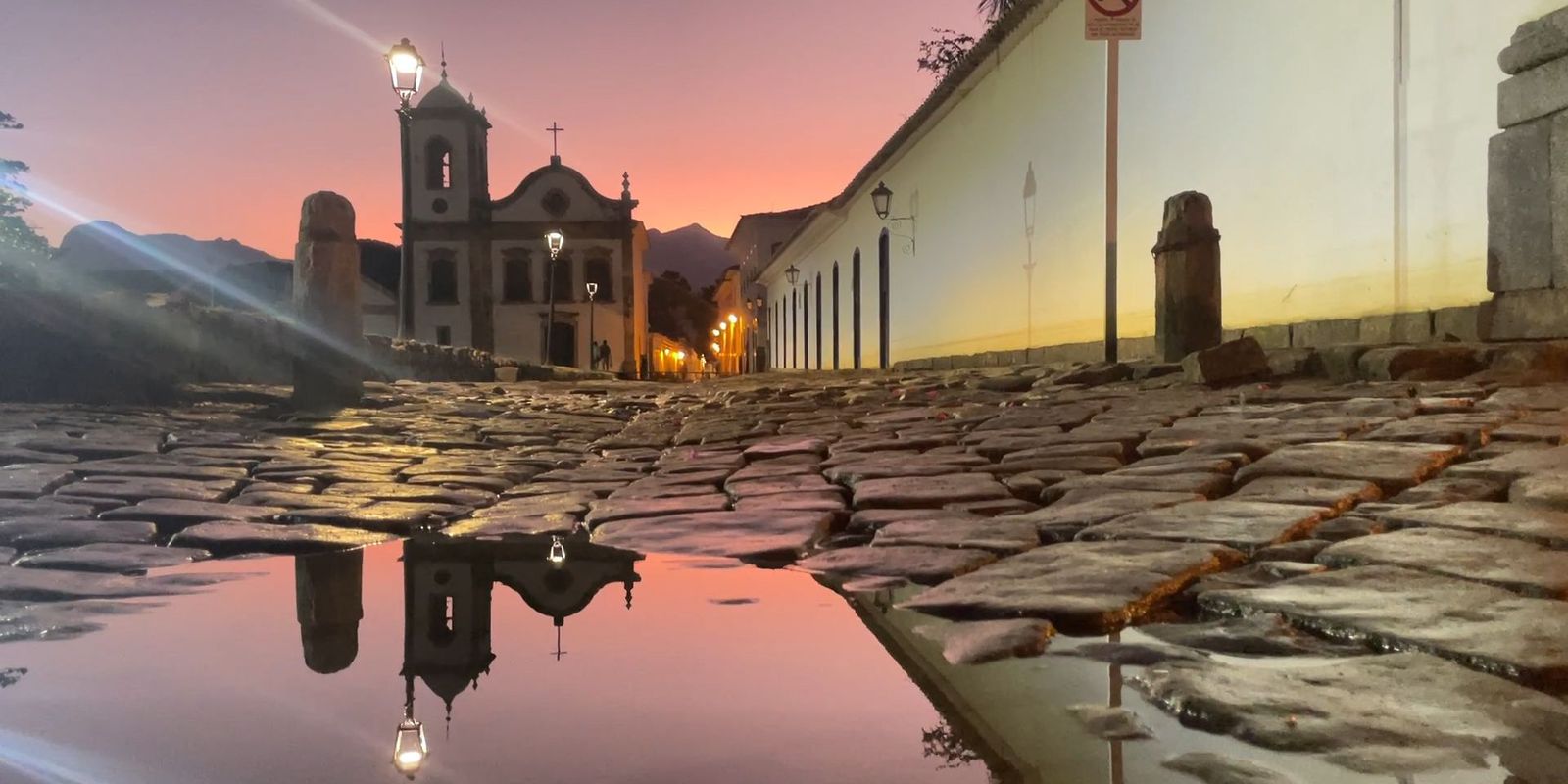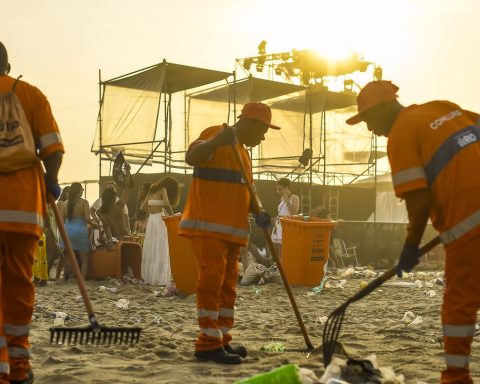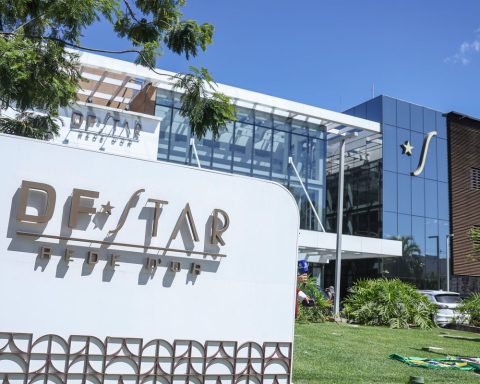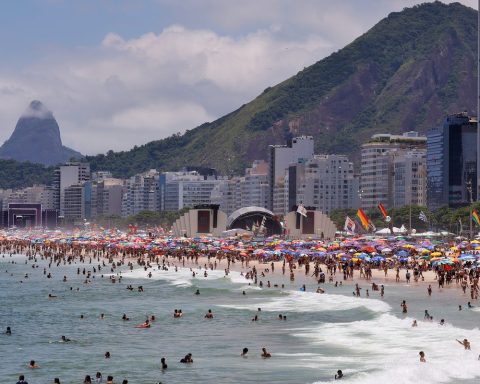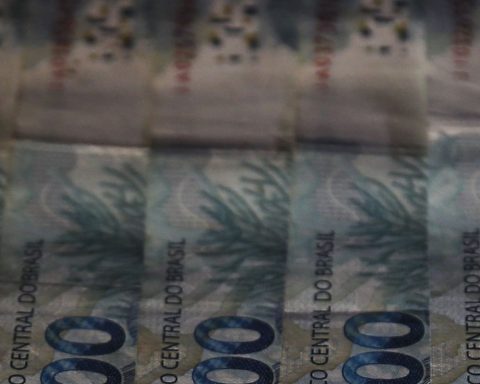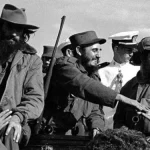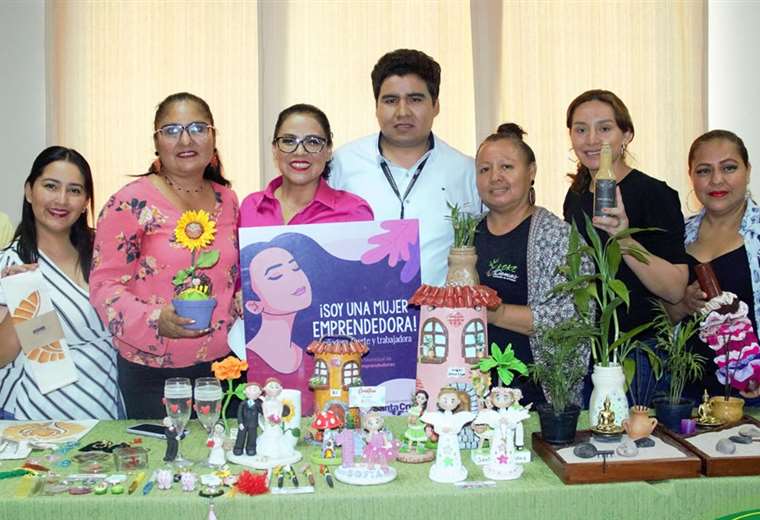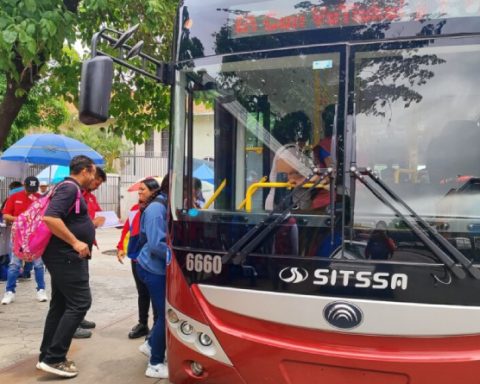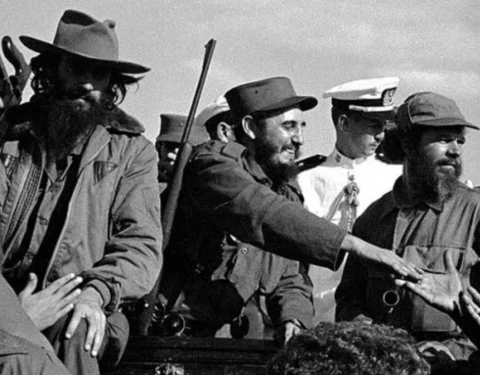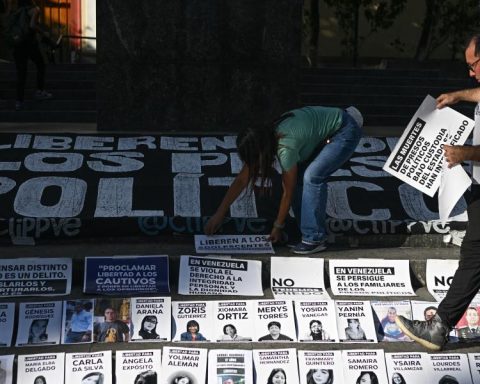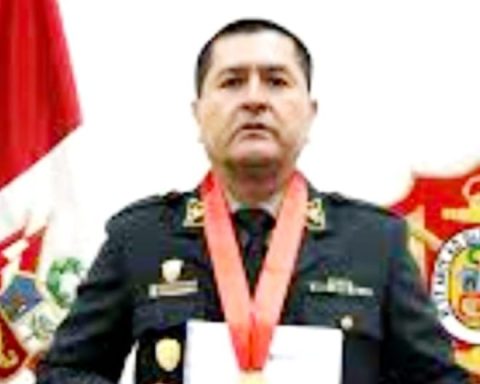In Paraty, six family businesses annually produce 350,000 to 400,000 liters of artisanal cachaça. Most of it is sold to tourists walking through the city. in the episode A Dose of Paraty, the Caminhos da Reportagem team, in partnership with Sebrae, visited cachaçarias that use the Geographical Indication (GI) seal. IG recognizes places that are famous for tradition and quality in the offering of a product. The program, which airs this Sunday (9), at 10 pm, on TV Brazil, opens the special series Riches of Our Earth.
The way of making cachaça passed from generation to generation since colonial times made the historic city of southern Rio de Janeiro the first in Brazil, in 2007, to be recognized as a Geographical Indication for the production of the most Brazilian of drinks.
Our team got to know the old sugar mills with the producer who has been working for the longest time in Paraty, Eduardo Mello, from Cachaçaria Coqueiro. He and his family preserve the recipe of their ancestors, who started producing cachaça in 1803.
We learned about the different stages of the production process at Pedra Branca cachaçaria. The owner, Lúcio Gama Freire, showed how the heart of the cachaça is manually separated, the part of the distilled beverage that goes into maturation, storage and aging.
We also tasted the organic cachaça produced by Maria Izabel at the Santo Antônio site, on the shore of the Bay of Paraty. She prepares sugarcane-based yeast on the wood stove in the house where she lives. “Everything here is interconnected. Sugarcane comes from the land, so we take care of the land and the land takes care of us”, says the producer.
The IG was a fundamental step towards valuing the artisanal cachaça of Paraty, which is experiencing a moment of ascension, with awards, experimentation with blendsdevelopment of liqueurs and drinks and search for new markets.
The brothers and partners Paulo and Carlos José Miranda, from Paratiana, experiment with the aging of cachaça in Brazilian woods. Each one guarantees a different flavor to the drink. By mixing these products (for example, the spirit aged in the amburana barrel with that of the jequitibá cask), they create new labels and collect awards at international spirits festivals.
At Quilombo do Campinho, our team got to know the drink Atlantic Forest, awarded in one of the editions of the Festival of Cachaça, Culture and Flavors of Paraty. The drink is made with cachaça and juçara, a palm tree whose fruits are very present in the food and economy of the traditional peoples of the region.
This episode is the first of a series of 12 programs carried out in partnership with Sebrae that will show products from Brazilian Geographical Indications.
Datasheet:
Reporting: Ana Passos
Images: João Victal
Technical assistance: Pablo Costa
Production: Ana Passos, Luciana Góes, Renata Cabral
Executive Producer: Elisabete Pinto
Text editing: Renata Cabral
Image editing: Erly Campello
Art: Felipe Leite, Julia Gon
SP support:
Deise Machado – production
Jefferson Gomes Pastores – images
Wladimir Roger Ortega – technical assistance
Rio de Janeiro support:
Sandro Tebaldi – images
Claúdio Tavares – technical assistance
